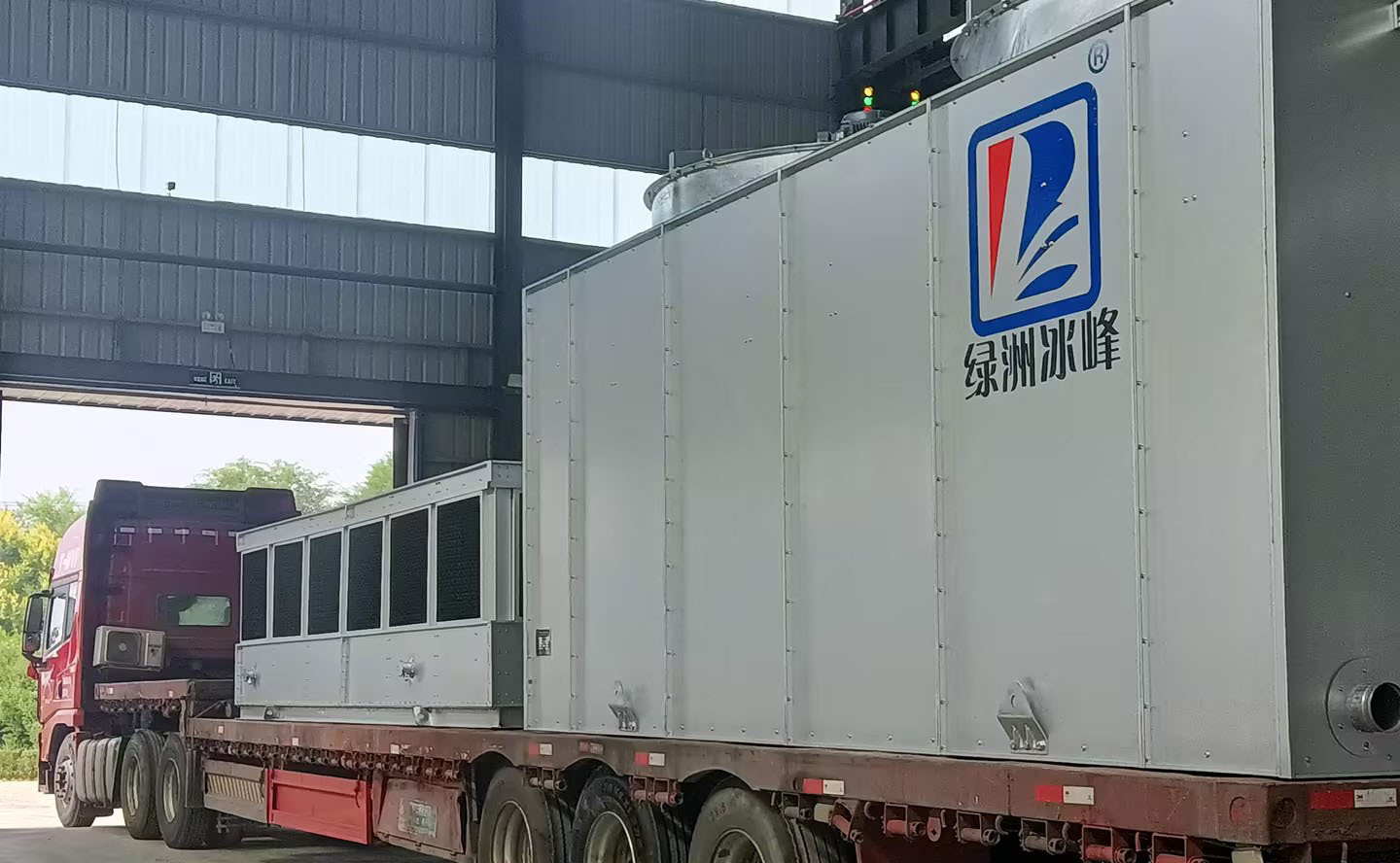13
2024
-
07
The cooling of the reaction kettle by the closed cooling tower.
The cooling process of the reaction kettle by the closed cooling tower is a well-designed and efficient heat exchange process, which ensures the continuous and stable operation of the reaction kettle. The following is the whole process of cooling the reactor by the closed cooling tower:
The cooling process of the reaction kettle by the closed cooling tower is a well-designed and efficient heat exchange process, which ensures the continuous and stable operation of the reaction kettle. The following is the whole process of cooling the reactor by the closed cooling tower:

1. Cooling medium circulation: The cooling medium (usually water or other suitable fluid) in the closed cooling tower starts to circulate through the pipeline system. These pipes connect the cooling tower and the reactor to form a closed circulation loop.
2. Absorption of heat: When the cooling medium flows through the reaction kettle, it will absorb the heat generated in the reaction kettle. This heat may come from heat generated by chemical reactions or frictional heat during operation, etc.
3. Cooling medium flows to the cooling tower: The cooling medium that has absorbed the heat then flows through the pipe to the closed cooling tower. In the cooling tower, the cooling medium first passes through the heat exchanger.
4. Heat exchange: In the heat exchanger, the cooling medium exchanges heat with external cooling water or air. The external cooling water or air passes through the packing layer of the cooling tower and contacts the cooling medium, thereby taking away the heat in the cooling medium.
5. The temperature of the cooling medium is reduced: after heat exchange, the temperature of the cooling medium is significantly reduced, and it can be used to cool the reactor again.
6. Cooling medium reflux: The cooling medium after the temperature is reduced is returned to the reaction kettle again through the pipeline system, and continues to absorb the heat generated by the reaction kettle, thereby completing a cooling cycle.
The cycle continues: This process is repeated to form a continuous cooling cycle to ensure that the reactor can be maintained in a suitable temperature range.
In addition, the closed cooling tower is also equipped with a variety of auxiliary equipment, such as water pumps, fans and control systems, to ensure the stability and efficiency of the cooling process. At the same time, the design and selection of the cooling tower also need to be carried out according to the specific needs and environmental conditions of the reactor to achieve the best cooling effect.
Through this process, the closed cooling tower can effectively cool the reactor to ensure its stable operation, while avoiding the direct contact between the cooling medium and the external environment, reducing the risk of pollution and loss.
Previous Page
Next Page
Previous Page
Next Page



